Things are always changing in the natural world. At any one location, some species become rarer as time passes, while other species become more common. In a mature northern Michigan forest these changes in species composition usually take a long time to occur and are rarely noticed by a casual observer.
Over the years many species of plants and animals have been intentionally or accidentally introduced to Mackinac Island and its forests. A small percentage of those non-native species have become Invasive.
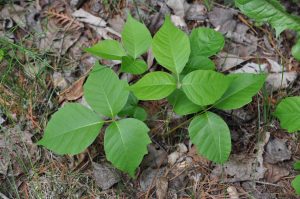
That means their introduction can cause harm to the environment, and to human health or economic interests. Although some native species, like Poison ivy, are considered by many folks to be a pest, they technically don’t qualify as invasive species on Mackinac Island. Poison ivy has been growing on the Island long before the first Europeans arrived here.
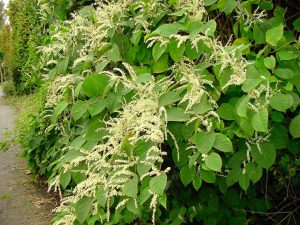
Some of the plants that we presently consider invasive species in Mackinac Island State park include Norway maple, Purple loosestrife, Eurasian phragmites, Garlic mustard, Japanese knotweed and Periwinkle/Myrtle. Some of these plants will be easier to control than others. We now know that early detection is one of the most important factors in successfully controlling the spread of an invasive species on Mackinac Island.
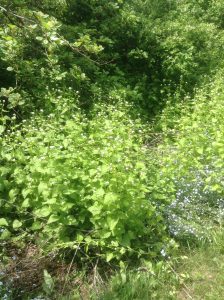
Of course there are some invasive species that cannot presently be controlled if they get to the island, and we should try to prevent these species from arriving. Invasive diseases like the Beech Bark Disease have already killed many of the Island’s American beech trees. We also have to keep a look out for invasive insects like the Emerald Ash Borer and the potentially more destructive Asian Longhorned Beetle.
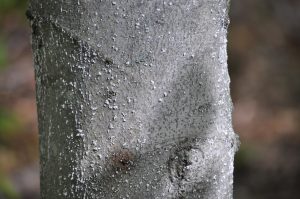
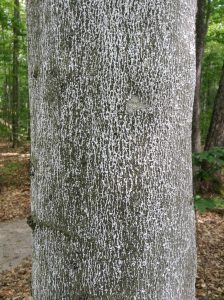
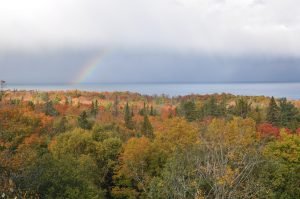
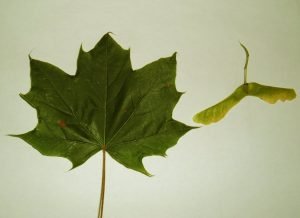
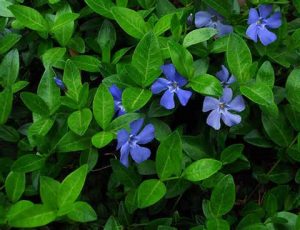
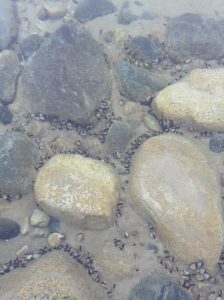
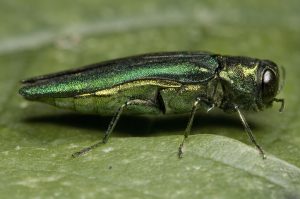
Mackinac State Historic Park Staff, with help from other government agencies, universities, organizations like the Mackinac Island Community Foundation, volunteer groups and individuals are working to identify, remove or control the invasive species that have reached our park lands. This task will likely never end, but you can help us by keeping your eyes out for these possible threats to the biodiversity of our environment.
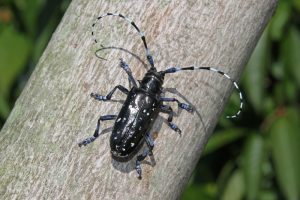
A good place to learn about and report invasive species is at the Midwest Invasive Species Information Network (MISIN) website. http://www.misin.msu.edu We use the information gathered by the MISIN to help plan our management of invasive species here at the Mackinac State Historic Parks.









